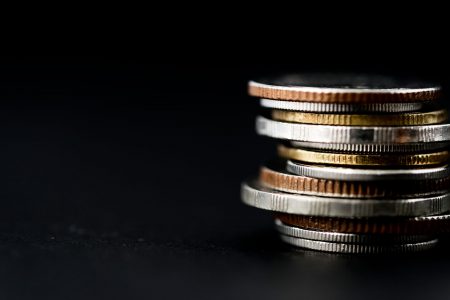This website uses cookies so that we can provide you with the best user experience possible. Cookie information is stored in your browser and performs functions such as recognising you when you return to our website and helping our team to understand which sections of the website you find most interesting and useful.
ZABALA doubles success rate in latest LIFE programme results
LIFE receives a major budgetary boost and reinforces its commitment to clean energy. Meanwhile, ZABALA has doubled the success rate in Nature and Biodiversity sub-programmes and tripled it in Environment- results that place us in a leading position for LIFE’s next phase.

The LIFE Programme is the most important Community financial instrument for the environment and climate action, with €3.4 billion for the 2014-2020 period. For the next EU budget over the 2021-2027 period , the Commission proposes to increase funding by almost 60% for the LIFE programme, exceeding €5.4 billion.
On the 4th of April, the European Agency for Small and Medium-sized Enterprises (EASME) of the European Commission published the LIFE 2019 call for proposals, open to the Environment, Climate Action and Circular Economy subprogrammes, with a total budget of 400 million euros.
The “traditional” projects are introduced in two stages (phase 1 and phase 2). In this way, applicants submitted months ago a brief summary of the main ideas of their project. Those proposals that pass the cut-off mark in phase 1 go on to phase 2, implying that they will have to submit their full project proposal by 11st of February 2020.
2019 Project Approval Rates
EASME has made public the results of the summary notes of the projects submitted to phase 1 in June (“Environment and Resource Efficiency”, “Nature and Biodiversity” and “Environmental Governance and Information”) and has therefore known the success rate of projects moving to phase 2.
Out of 16 proposals submitted by ZABALA Innovation Consulting to phase 1 (12 in environment and 4 in nature and biodiversity), 11 have gone on to phase 2, which means an approval rate that far exceeds the average of the call. In fact, the success rate of the Environment call is 30%, compared to the 75% achieved by ZABALA. As far as Climate action projects are concerned, ZABALA has achieved a 50% success rate compared to the 24% average approval rate of the call.

Conference on the future of the LIFE programme
On the 6th and 7th of November the European Commission held a conference on the future of the LIFE Programme for the 2021-2027 period. The conference served to define the main objectives of the programme. In line with the trend to facilitate co-creation of programmes taking into account their stakeholders, the Commission is seeking the views of stakeholders on the challenges where LIFE can help make a difference, the solutions that LIFE could support and how to make them happen.
Discussions around the four future LIFE sub-programmes were addressed:
- Nature and biodiversity
- Circular economy and quality of life
- Mitigation and adaptation to climate change
- Transition to clean energies
This fourth sub-programme (Clean Energy Transition) will be the great novelty in the 2021-2027 period, and major debates will arise around it. The most important relates to the type of financial instrument and the percentage of funding that the sub-programme will provide.
What seems clear is that for the 2021-2027 period the LIFE programme will be presented with reinforced ambitions on climate change, energy transition, circular economy and biodiversity, and will contribute to meeting the Paris Agreement and the UN Sustainable Development Goals (carbon neutrality by 2050).



